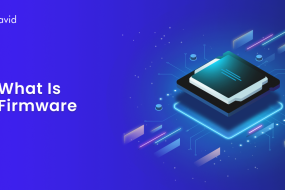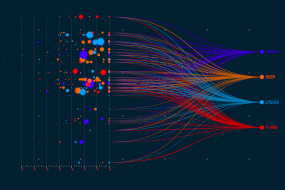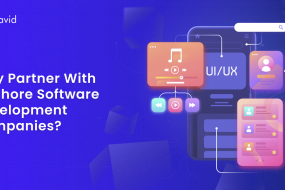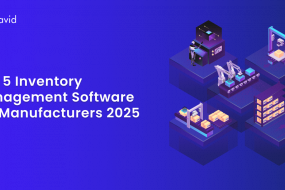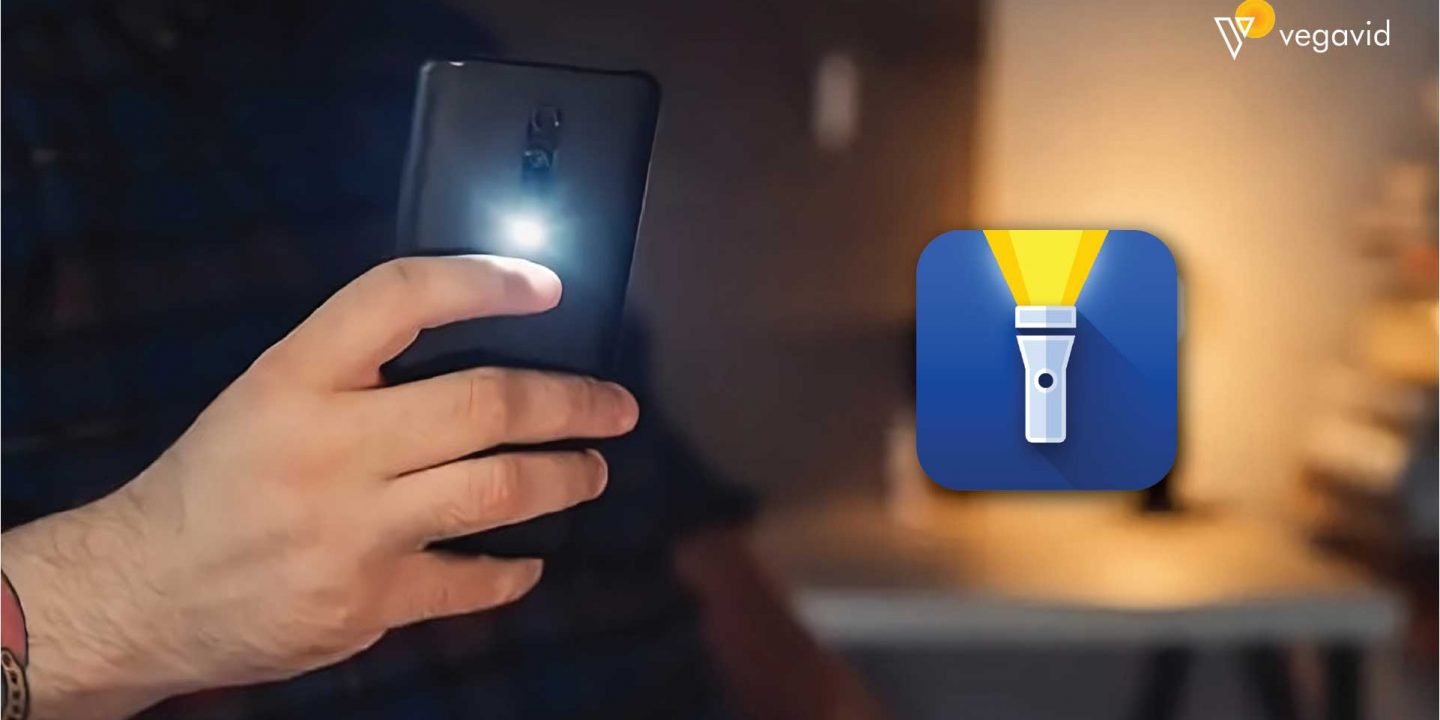
Portable flashlights have come a long way since the early days of heavy and cumbersome battery-powered torches. The ubiquity of smartphones has led to the rise of flashlight apps that leverage the LED flash built into most smartphones to turn them into convenient and versatile portable lighting solutions. Flashlight apps have become incredibly popular, with over 100 million downloads on the Google Play Store alone. In this blog post, we’ll explore how flashlight apps are transforming expectations for portable lighting and the features that make these apps so useful in people’s everyday lives.
Evolution of Portable Lighting
Portable lighting has come a long way from its early forms. For centuries, candles and lanterns fueled by oil were some of the only portable light sources. These presented fire risks and melted or spilled easily. Battery technology spurred new designs in the 1900s. Early flashlights used bulky dry-cell batteries and offered dim light for only brief periods.
Incandescent flashlights replaced fragile glass bulbs with durable plastic cases. Later models added brightness by bundling multiple bulbs. But bulbs remained hot, fragile, and inefficient users of batteries. LED flashlights emerged in the 1990s revolutionizing portable light. LEDs use far less energy, stay cool to the touch and last much longer than incandescent on the same batteries.
LED flashlights now come in many sizes, brightness levels, battery types, and additional features. Rechargeable lithium-ion options provide cordless power for extended use. Headlamps free the hands with an attached head-strap. Colors beyond basic white allow signaling or to match outfits. Waterproof designs make overnight camping safer. Flashlight apps turn smartphones into portable lamps which connect to power banks for off-grid use.
New materials continue enhancing portable lights. Some mix LEDs with advanced polymers that generate light from physical movement or stomach acids. Future forms may harness photons through bacterial processes requiring no external input. However, as they evolve, portable lights remain essential survival tools and creative modern conveniences.
Rise of Flashlight Apps
As smartphones replaced dedicated cameras and music players, flashlight apps filled a new portable lighting need. Early apps provided basic on/off control of phone LEDs as an afterthought. But flashlight software soon expanded its capabilities.
Developers added brightness slider controls, strobe modes, and colors beyond white. Fun effects like police sirens or candlelight drew young users. Flashlight apps also became utilitarian tools. Code links to compasses, maps, or emergency contacts helped users in darkness.
Competition grew as app stores listed hundreds of free flashlight options. Developers found success standing out from similarity with extra features. Unique codes added zoom, motion sensor controls or SOS Morse code blinking. Flashing in sync with the music turned phones into novel light shows.
Premium apps now offer pro-level functions. Remote controls sync lighting commands across devices or link to smart home systems. High-lumen ratings utilize full phone lamp power rivaling dedicated lamps. Complex timers, color wheels, and effects let users customize experiences.
As phones replace purpose-built lights, apps fuel new portable lighting behaviors. Flashing in concerts announces singing along. Hands-free headlamp modes enable jogging at night. Creative coding broadens light functions beyond utility. Flashlight apps transform smartphones and keep portable illumination evolving rapidly.
Functionality and Features of Flashlight Apps
Flashlight apps deliver portable light through smartphone cameras. Basic apps simply turn on the LED with a tap. But advanced features enhance usability in darkness.
Brightness controls let you adjust light levels. Sliders cater to tasks like reading small print or guiding large spaces. Strobe modes disorient or attract attention during emergencies.
Timers and scheduling automate lights for tasks like crawling attics at dawn. Countdown clocks ease nighttime chores or power outages. Motion sensors activate the light when you pick up the phone saving tap gestures.
Linking to phone tools expands applications. Built-in compasses replace lost pocket nav aids. Clocks show time effortlessly without unlocking. Apps access mapping to navigate back without data.
Entertainment values surface through creative coding. Colors vary in light shows and signals. Strobe sequences emulate appliances. Music sync pulses in rhythm while you jam.
Remote functions let others benefit from your lamp. Friends follow your lead via online controls. Automated home bulbs function as emergency beacons.
Multi-device links ensure backup lights. Tablets or wearables assume command if phones fail. Shared settings synchronize preferences on all gadgets.
Well-designed flashlight apps optimize phones into powerful portable lamps for modern lifestyles. Their expanding roles respond to our nighttime lighting imaginations.
Practical Applications of Flashlight Apps
Smartphone flashlight apps serve vital functions beyond novelty or games. Their portability makes impromptu lighting always reachable.
- Campers use app lights when setting up after dusk. Hikers following trails rely on them to spot dangers in the dark. Car owners find keys, full gas tanks or fix flats safely on roadsides at night with mobile illumination.
- Travelers navigate unfamiliar places hands-free with headset lamps. App flashes locate hotel rooms after missing transport. Their powerful, focused beams replace expensive forgettable travel lights.
- Flashlight apps assist with nighttime chores from any room. Borrowers glimpse numbers for lock combinations sans their own lamps. App flashes peek inside cabinets to find late items. Pets enjoy extended playtime or walk with mobile buddy lights.
- Emergency situations benefit from immediate, free app lighting. Flashlight functions guide walks home if electricity cuts. SOS strobe sequences summon aid until help arrives. Disaster zones still see at night with failed infrastructure by makeshift phone flashlights.
Simple app taps now substitute bulky, breakable flashlights for activities. Digital convenience outshines lugging extra gear anywhere dark work arises. Smartphones brilliantly double as luminance lifelines with this simple, often overlooked software.
Energy Efficiency and Environmental Impact of Flashlight Apps
Flashlight apps use far less power than physical lamps. Their LED bulbs consume minimal battery compared to traditional flashlights or lanterns. This makes app lighting eco-friendly for situations needing only short bursts of light.
Rather than buy disposable flashlights, people rely on smartphone cameras. This reduces waste from spent batteries and bulky plastic casings going to landfills. Fewer single-use light sources become necessary keeping more junk out of nature.
Unlike leaving normal bulbs on, apps put LEDs back on standby quickly. This wastes little energy between uses versus leaving another lamp running all night. Dimming settings minimize consumption further for tasks needing soft light.
Motion sensors awaken lights only as needed saving battery. Brightness adapts automatically to environments unlike dumb flashlights burning full power in closets.
App connectivity spreads light sharing virtually rather than transporting physical products. Friends worldwide enjoy camping apps without extra gear orders cutting fossil fuels.
Creative coding stimulates new lighting behaviors requiring no supplies. Entertainment features satisfy without consuming new products. Flashlight software satisfies portable lighting needs through efficient software reuse.
Security and Privacy Considerations
With a smartphone, you always have a portable light source at your fingertips. These apps turn your phone’s LED flash into a flashlight with just a tap. No need to carry an extra device. Flashlight apps make lighting so convenient and easy.
However, convenience comes with risks if apps are not carefully designed. When you allow a flashlight app to turn on your phone’s LED, it likely has access to many other device features and data too. The app could potentially view photos, read messages, track your location, or snoop on other apps without your knowledge. Some flashlight apps have even been found to install malware.
It is important to only download flashlight apps from official app stores like Google Play or the Apple App Store. Be wary of apps outside these stores as they may not have passed security checks. Read app permissions carefully before installing too. A basic flashlight app really only needs LED access, nothing more. Red flags should go off if it asks for unnecessary permissions like contacts, photos, or storage access.
Stick to simple, well-known flashlight apps with few permissions and good reviews. Make sure device security is up to date too with the latest OS version and antivirus software, if available. Taking these basic precautions helps ensure your smartphone flashlight does not become a security and privacy risk. Convenience should not come at the cost of your personal information.
The Future of Flashlight Apps
Flashlight apps have come a long way from their early simple button designs. Developers are constantly finding new ways to improve the flashlight experience. Expect to see more advanced features become standard in popular apps going forward.
Night vision and zoom capabilities are growing in popularity. Some apps now use the phone’s camera sensor instead of just the LED. This allows dimly lit areas to appear brighter. Zoom lets you focus the light beam without needing multiple flashlight sizes. Enhanced flash modes let users strobe lights for emergencies or signals.
Location-based nightlights may come to certain apps. The light could automatically turn on when entering a dark area like outdoors or a basement. Motion sensors could replace button pressing, instantly shining light with movement nearby. Batteries are always a concern for portable lights too. Apps may directly link to battery levels and even economize flash usage.
Augmented reality filters that detect surfaces could provide helpful overlays in the dark. Wayfinding arrows or instructional highlights may assist those unfamiliar with an area. Expect future apps to integrate with smart home tech as well. Verifying your location before flashing lights around a connected house improves safety.
Developers will continue making flashlights even more useful through clever new features. As phones continue advancing, the capabilities of flashlight apps will become more impressive every year. An essential tool is evolving into so much more than a simple buttoned light.
Conclusion
Flashlight apps showcase how creativity and innovation can reinvent even simple tools to make them far more useful. With handy features like strobe lights, SOS signals, and brightness adjustments, flashlight apps have transformed the humble flashlight into a customizable tool for a range of situations. As smartphone camera and sensor technology continue to evolve, there will likely be even more advances in portable lighting enabled by software. Flashlight apps provide an early glimpse into the potential of using mobile software to remake and redefine the possibilities of hardware like LED camera flashes. So next time you’re fumbling for a flashlight, just remember to let there be light with the tap of an app.








